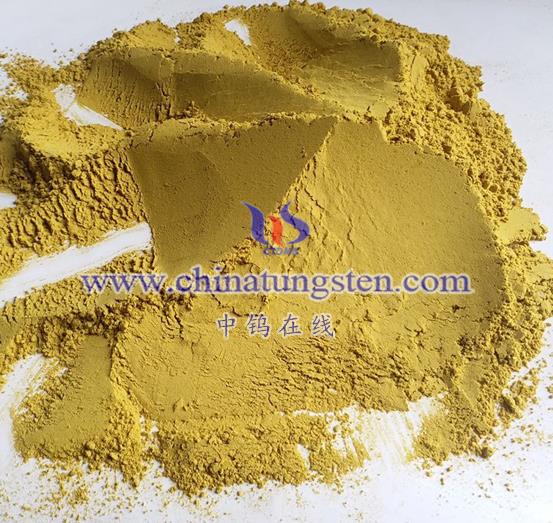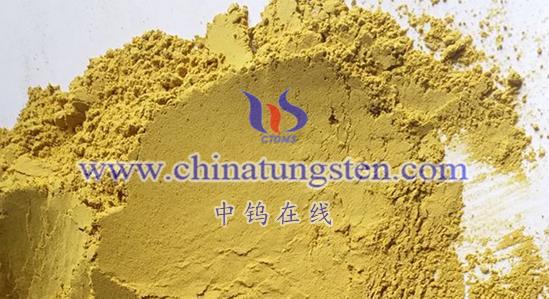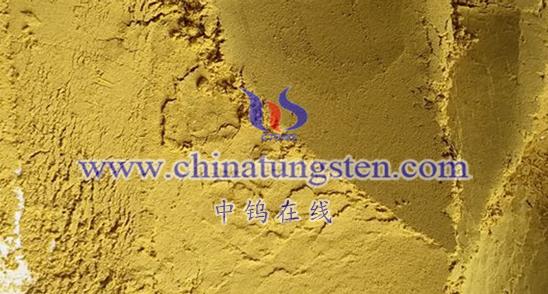
While nano tungsten oxide (WO3) offers many advantages in fuel cell applications, it also presents several challenges. Here is a detailed analysis of its drawbacks:
- Relatively Poor Conductivity
Nano tungsten oxide has relatively low conductivity, which can limit its applications in fuel cells, especially in scenarios requiring highly conductive materials. The lower conductivity may slow down electrochemical reaction rates, affecting the overall performance of the fuel cell. To address this, researchers often combine or dope nano tungsten oxide with other highly conductive materials (e.g., metals or carbon materials) to enhance its electrical conductivity.
- Catalytic Activity Needs Improvement
Although nano tungsten oxide exhibits some catalytic activity, it still lags behind certain high-performance catalysts. Under high current densities or extreme operating conditions, its catalytic performance may decline. To further improve the efficiency and stability of fuel cells, continuous optimization of the catalyst formula and structural design of nano tungsten oxide is needed to boost its catalytic activity.
- Complex Production Process and High Costs
The preparation of nano tungsten oxide involves complex processes that require advanced nanotechnology and equipment. This can lead to higher production costs, which may hinder cost reduction in large-scale production and limit its market competitiveness. To lower costs and encourage broader application of nano tungsten oxide in fuel cells, ongoing research is needed to explore and optimize its manufacturing process, increasing production efficiency and product quality.
- Compatibility Issues with Other Materials
In fuel cell systems, nano tungsten oxide typically needs to be combined with other materials (e.g., electrolytes and electrodes). Due to its unique physicochemical properties, there may be compatibility issues when integrating nano tungsten oxide with other materials. These compatibility challenges can lead to reduced performance or other undesirable effects. Therefore, it is important to consider its compatibility with other materials and conduct thorough experiments to optimize its integration in fuel cells.
- Long-Term Stability Requires Further Validation
Fuel cells are expected to operate over long periods to meet practical application demands. The long-term stability of nano tungsten oxide in fuel cells remains a concern. Although it has shown good performance in short-term experiments, its long-term stability under real-world operating conditions requires further validation. To ensure reliability and durability in fuel cells, more research is needed on the long-term stability of nano tungsten oxide, along with efforts to improve it.
Conclusion
Despite the numerous advantages of nano tungsten oxide in fuel cells, several challenges remain to be addressed. By continuously optimizing its production process, improving conductivity and catalytic activity, reducing costs, and solving compatibility and long-term stability issues, the widespread application and development of nano tungsten oxide in fuel cells can be further advanced.
More details of tungsten oxide product, please visit website: tungsten-oxide.com
Please contact CHINATUNGSTEN for inquiry and order of tungsten oxide:
Email: sales@chinatungsten.com
Tel.: 86 592 5129595








